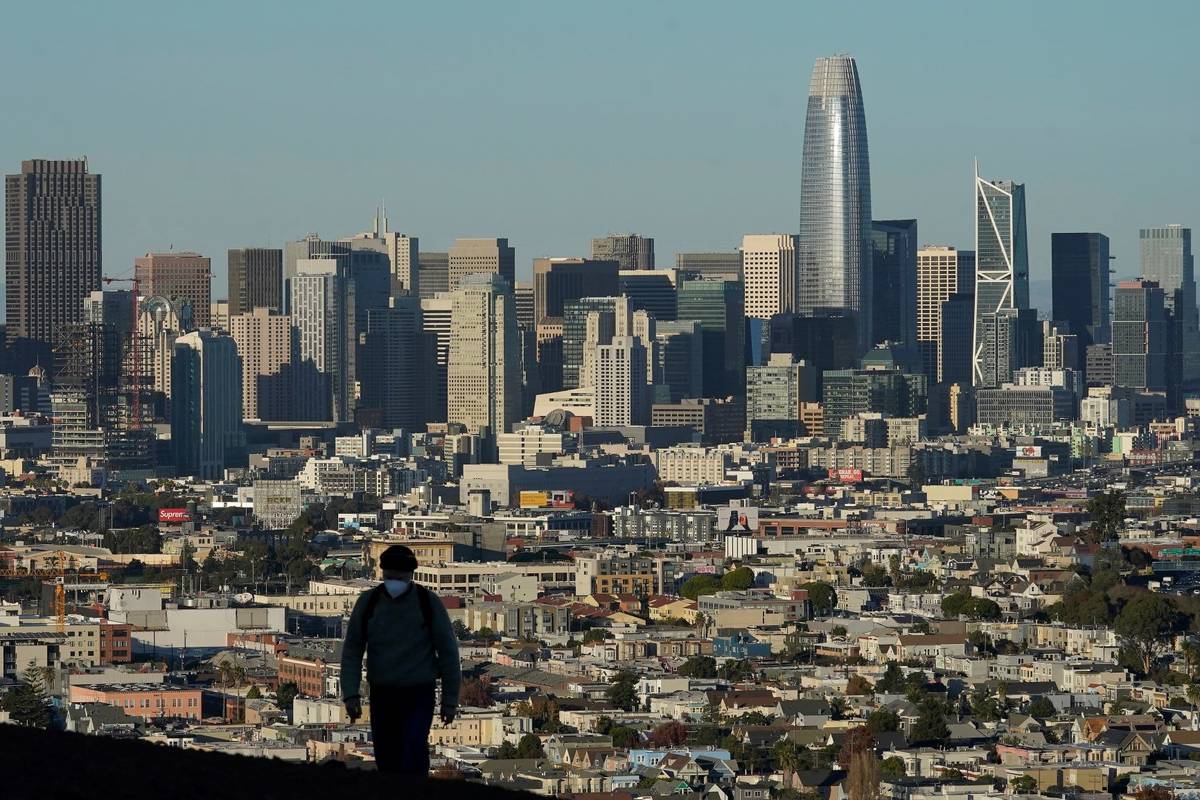California’s population falls by 182,000+ in 2020
SACRAMENTO, Calif. — California’s population fell by more than 182,000 people in 2020, marking the first year-over-year loss ever recorded for the nation’s most populous state.
State officials announced Friday that California’s population dipped 0.46% to just under 39.5 million people from January 2020 to January 2021.
The news comes one week after the U.S. Census Bureau announced a paltry population growth for California, resulting in the state losing a congressional seat for the first time because it grew more slowly than other states over the past decade.
But the census numbers reflect the state’s population in April 2020. The new state numbers released Friday reflect the state’s population as of January 2021.
The state four most populated cities — Los Angeles, San Diego, San Jose and San Francisco — lost a combined 88,000 people. LA dropped the most at nearly 52,000 and has now lost about 75,000 people in the last three years to fall to an overall population of just over 3.9 million.
More people left California for other states than moved here, continuing a trend for decades that has prompted criticism of the state’s high taxes and progressive politics. But state officials say 2020 was an anomaly as the coronavirus pandemic halted international immigration and killed 51,000 people.
California’s death rate was 19% higher than the average for the past three years. In all, 51 of the state’s 58 counties posted death rates above the three-year average — including 12 that had increases of 20% or more. In Los Angeles County, the nation’s most populous with more than 10 million residents, the death rate was 27% higher than average.
“If it were not for the pandemic last year, we might be having a very different conversation today,” said Walter Schwarm, California’s chief demographer.
California history
California became a state in 1850 on the heels of a gold rush that prompted people to seek their fortune out west. The population soared following World War II with the help of a robust defense and aerospace industry. It boomed again in the 1980s and 1990s as technology companies put Silicon Valley on the map.
But the growth slowed after the end of the Cold War in the 1990s when the federal government cut back on defense spending and again in the years before the Great Recession in the late 2000s.
In the years after that recession, California’s economy had 10 years of consecutive growth. It appeared the state’s population would surpass 40 million people, a major milestone for a state that began as an far-flung outpost on the western frontier.
But the state’s growth slowed significantly in the late 2010s. While more people were leaving the state than moving there, those losses had been offset by international migration and births.
That changed in 2020. State officials say a declining birth rate, plus reductions in international immigration and an increase in deaths because of the coronavirus, led to the state’s first ever year-over-year population loss.
International migration
California had a negative international migration in 2020, which state officials say was a direct impact from the Trump administration’s decision to stop issuing new visas for much of that year. Coronavirus restrictions around the world also caused about a 29% decline in international students coming to California, or about 53,000 people.
“As the pandemic recedes and with changes in federal immigration policy, we expect to return to more normal immigration trends into California from other countries,” said H.D. Palmer, spokesman for the Department of Finance. “All of which means that by the time we do this same projection 12 months from now, we expect that 2021 will show a return to a slightly positive growth rate.”
The state’s population has become a political issue this year in light of the effort to recall Gov. Gavin Newsom, with Republicans blaming high taxes and the governor’s policies for people fleeing the state. From 2010 to 2020, about 6.1 million people left California for other states compared to about 4.9 million people who moved to California from other states, according to an analysis of census data by the Public Policy Institute of California.
The Department of Finances population estimate comes from a number of sources, including birth and death counts, the number of new driver’s licenses and address changes, school enrollments and federal tax returns.
























